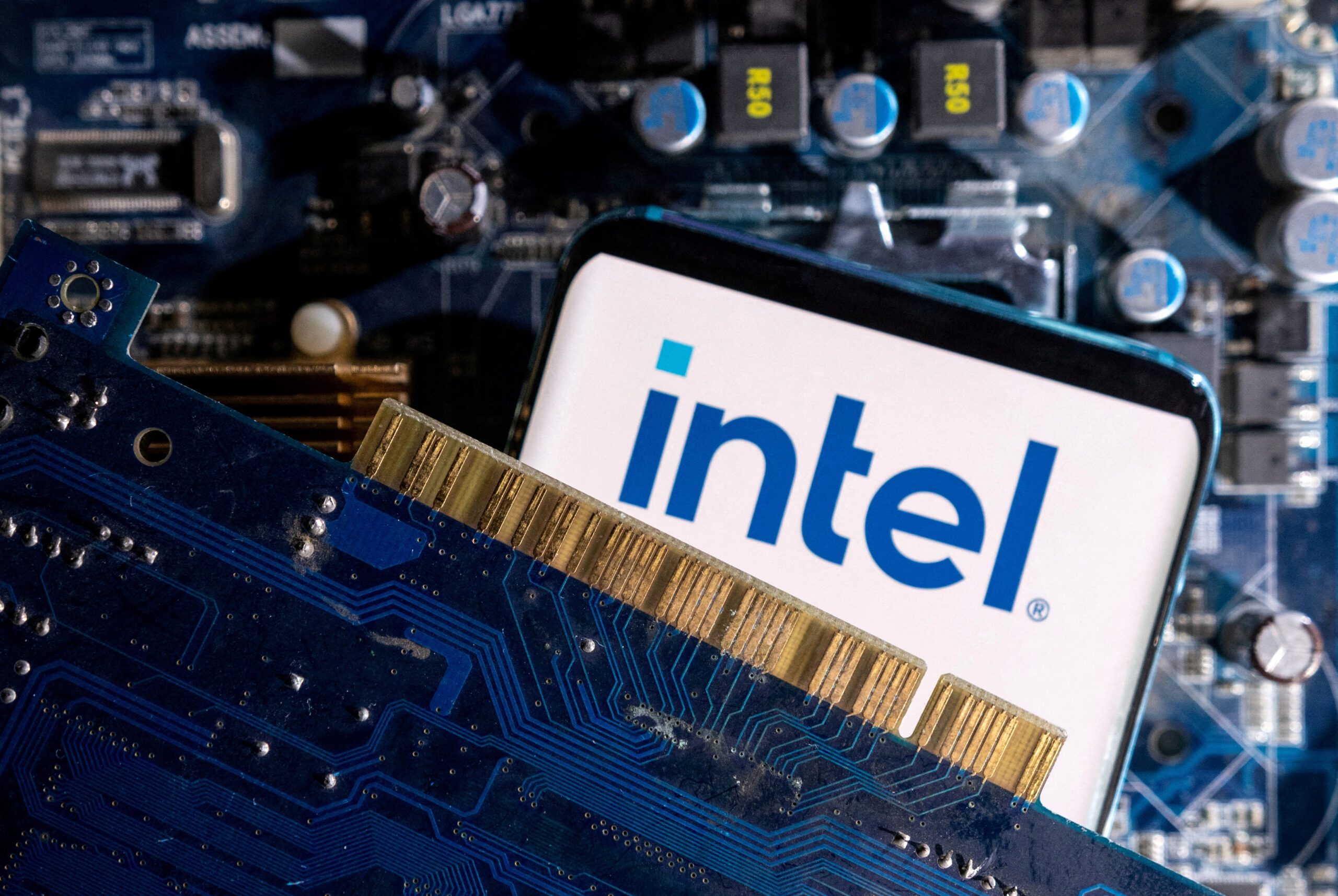Intel’s Next-Gen CPUs Demand a New Socket: LGA-1851 Explained
“It was supposed to be a simple upgrade,” said Arham, a passionate PC builder, as he stared at his perfectly spaced-out rig. But when Intel announced its next-gen CPU lineup—Arrow Lake-S—he realized the world of pins, sockets, and chipsets was about to change again. And this time, it’s LGA-1851 that takes the spotlight.
Like Arham, many in the tech community are asking: “What do I need to know before jumping in?” This article unpacks Intel’s bold move and what it means for PC builders, gamers, and tech enthusiasts who want to stay at the bleeding edge of performance.
🔧 What Is LGA-1851 — And Why the Change?
Intel’s new LGA-1851 socket replaces the now-familiar LGA-1700, first introduced with Alder Lake. The number “1851” refers to the number of contact pins, marking a leap in data bandwidth and power delivery capacity.
Here’s what LGA-1851 brings to the table:
-
Support for Intel’s Arrow Lake-S CPUs (Core Ultra 200 series)
-
Enhanced PCIe 5.0 and DDR5 memory support only
-
Maintains the same cooler mounting dimensions as LGA-1700
🧠 Why it matters: More pins = more bandwidth, allowing for smoother performance in New Frontiers in Cloud Computing and Quantum Computing IoT.
📈 Performance & Power Efficiency: What's New with Arrow Lake?
Intel's Core Ultra 9 285K, the flagship of the Arrow Lake-S family, brings massive changes:
-
8 P-cores + 16 E-cores
-
Boost the clock up to 5.7 GHz.
-
Supports up to 192GB of DDR5 RAM
-
Consumes up to 80 watts less power in high-load games vs the Core i9-14900K (Source: The Verge)
🎮 Real-World Impact:
In titles like Call of Duty: Modern Warfare III and F1 24, Arrow Lake CPUs draw up to 58W less power, meaning cooler temps, quieter fans, and longer-lasting components. This is essential for New Frontiers in Communication and Intelligent Systems, where power efficiency is key.
🧩 Compatibility: The Hidden Catch
If you're hoping to slot an Arrow Lake chip into your current LGA-1700 motherboard, think again.
Arrow Lake requires the LGA-1851 socket, and early adopters will need:
-
800-series chipset motherboard (Z890, B860, etc.)
-
DDR5 memory (DDR4 is no longer supported)
So yes, upgrading means a new motherboard and possibly new RAM.
 motherboards provide a balance between affordability and features, making them a solid choice for mid-range builds.
motherboards provide a balance between affordability and features, making them a solid choice for mid-range builds.
🧠 Intel J Series vs N Series: Which One to Choose?
Intel’s J Series vs N Series comparison is crucial when choosing budget-friendly CPUs for entry-level systems. The Intel J series offers an affordable option for basic tasks, while the N series targets budget-conscious users who need more performance but still have power efficiency in mind. Depending on your needs, you can decide which series suits your build.
🧩 Intel’s New 12th Gen CPU Cooler
With the Intel 12th Gen CPU, Intel's new 12th Gen CPU cooler comes into play. The cooler features improved heat dissipation and a more efficient design, ensuring your system runs cooler and quieter even under heavy load. If you're building a high-performance machine with Intel's 12th Gen CPU, this cooler will play an essential role in maintaining optimal temperatures and performance.
Want more information go to https://www.intel.com/content/www/us/en/support/articles/000089190/processors/intel-core-processors.html?utm_source=chatgpt.com
🛠️ Tech Dilation: Helping You Future-Proof Smartly
At Tech Dilation, navigating upgrades can be overwhelming, especially when new standards disrupt your setup.
We offer:
-
Tailored upgrade guides for content creators, gamers & professionals
-
Build consultations to optimize cost-to-performance
-
Clear breakdowns of complex transitions like LGA-1851 & DDR5
✅ By following Tech Dilation, you'll gain:
-
Clarity in decision-making
-
Confidence in upgrading
-
Consistent updates on New Frontiers in Communication and Intelligent Systems
Because our mission is simple: Help tech enthusiasts like you stay ahead without wasting time or money.
If you interested about intel then you can get info from this link
🧠 Conclusion: LGA-1851 Isn’t Just a New Socket — It’s a New Standard
Intel’s LGA-1851 isn’t about forcing upgrades—it’s about preparing for the next-gen ecosystem of powerful, efficient computing. With Arrow Lake-S, PCIe 5.0, and DDR5 becoming the norm, early adopters will enjoy faster speeds, cooler systems, and smarter energy use.
But only if they upgrade smartly.
So here’s the real question: Are you ready to plug into the future, or will the socket shift leave you behind?






0 Comments